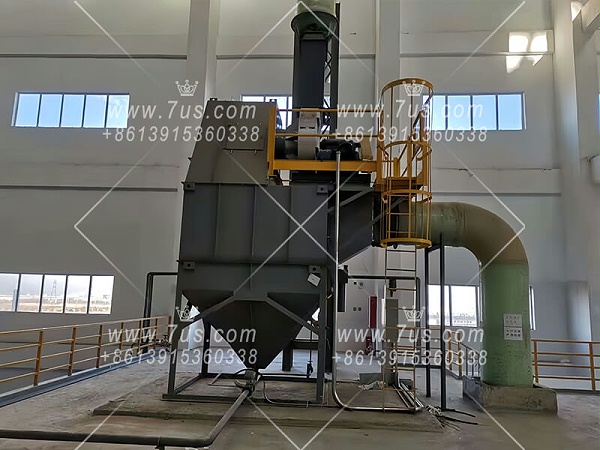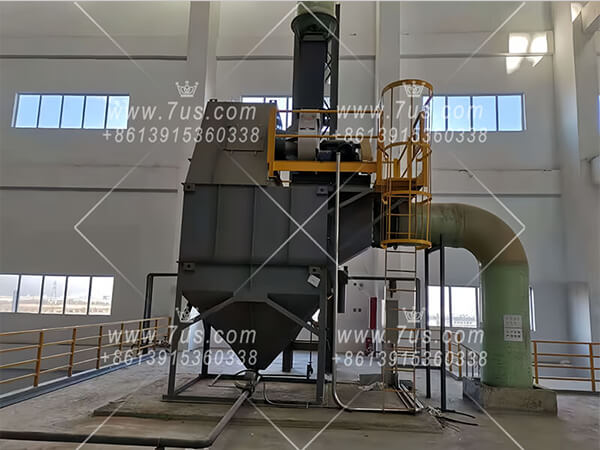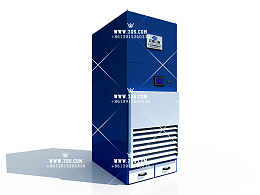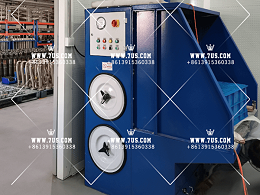Wet Dust Collector For Acid Or Alkalinity Dust
-

-
1.1Acid alkali dust is usually corrosive. If it is a dry filter material dust collector, all materials of the dust collector need to have corrosion resistance, and the investment cost is high.
1.2 When using a wet dust collector to treat acid and alkali dust, water can dilute the concentration of acid and alkali. If encountering strong acids and bases, a reverse neutralization solvent can also be added to the water.
1.3 Wet dust collectors have high dust removal efficiency for dust that is easily soluble in water or can precipitate in water.
1.4 If the dust is relatively light and partially floats on the water surface without settling, then it is necessary to add a scum trap in the water tank, and pump it into a bag type water filter to intercept the dust. Clean water is circulated to the
water tank.
-

-
1.5 Wet dust collectors for treating acid-base dust typically use 304 or 316L grade stainless steel, and can also add automatic dosing devices for pH adjustment, with a neutralization solution control pH>7.
1.6 The water in the water tank needs to be discharged regularly. If there is too much salt generated by the acid-base neutralization reaction, the sludge needs to be pumped into the filter press for mud water separation and water circulation.
1.7 When encountering humid and high-temperature water vapor with a small amount of oil mist, dry filter material dust collectors cannot be used, wet dust collectors are the best answer to solve these problems.
1.8 If you want to improve the accuracy of intercepting and filtering dust again, a wet dust collector+plate and frame bag filter+HEPA filter can reduce the final exhaust gas emission concentration to below 1 milligram/cubic meter.




 Dust removal workstation
Dust removal workstation  Downdraft table
Downdraft table